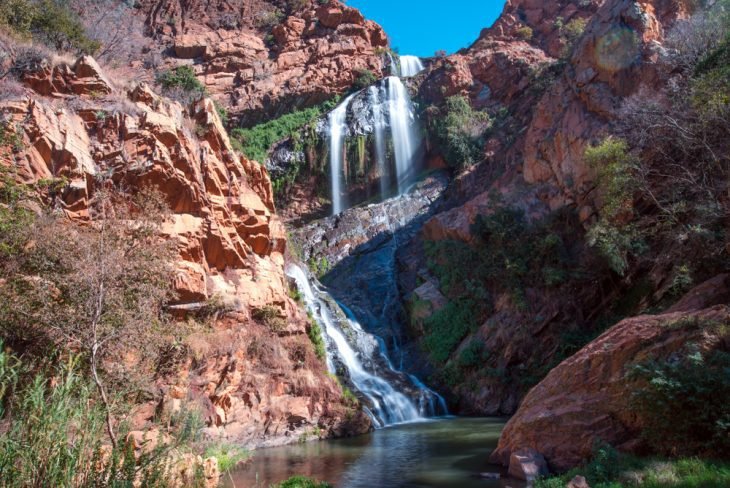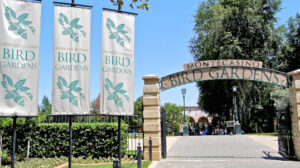Facts About Johannesburg North Attractions Uncovered
Facts About Johannesburg North Attractions Uncovered
Blog Article
The Greatest Guide To Johannesburg North Attractions
Table of ContentsJohannesburg North Attractions for DummiesNot known Facts About Johannesburg North Attractions8 Simple Techniques For Johannesburg North AttractionsAn Unbiased View of Johannesburg North AttractionsThe Main Principles Of Johannesburg North Attractions Johannesburg North Attractions Can Be Fun For Anyone
Shortly before Christmas 1898, a boilermaker from Lancashire, Thomas Edgar, became embroiled in an intoxicated quarrel with an uitlander neighbor. While standing up to apprehension, Edgar was shot dead by a Z. A. R. police officer. The cop was billed with murder however the district attorney lowered the charge to murder and launched the implicated on bond.. R. Johannesburg North attractions. In an effort to pacify the situation, Smuts looked for to strike an offer with the mining firms. The sharp Cambridge-trained legal representative invited Percy FitzPatrick (who was to acquire popularity as the author of Jock of the Bushveld, published in 1907) to work as the principal arbitrator for the mining homes
A. R. loomed. Johannesburg, c. 1900 (www.geheugenvannederland.nl) When Johannesburg was founded in 1886, public education and learning in the Z. A. R. was controlled by the Education Legislation of 1882. The earlier Education and learning Regulation of 1874 had offered that government institutions in the Z. A. R. (only a handful of such colleges was in presence) were to be non-denominational which direction was to be in Dutch or English, at the will of parents.
In 1886, Pope Leo XIII constituted the Transvaal an independent prefecture under the territory of the Rt Revd Odilon Monginoux of the Oblates of Mary Spotless, that was the first Prefect Apostolic of the Transvaal. On 20 July 1886, Fr John de Lacy O. M. I. went to the Rand. He related to the government for a tract big sufficient to accommodate a church, a college and homes for the instructors.
Johannesburg North Attractions Fundamentals Explained
The institution transferred to Doornfontein in 1895, and became recognized as the East End Convent. In 1905, the Holy Family members siblings also established Parktown Convent Institution (currently Holy Household College). On 2 November 1887, Miss Frances Buckland began educating in a residence on the edge of Jeppe and Rissik roads.
Meanwhile, on 11 June 1887, the Revd John Thomas Darragh, the very first Anglican clergyman to be stationed on the Rand, had gotten here from Kimberley. A monstrous tome on the background of Christianity in Africa observes briefly: 'The Anglican community at Kimberley was fortunate to have as its leader J. T.
He had actually won a scholarship to The Royal Institution, Armagh, whence he had risen to Trinity College, Dublin, as a Foundation Scholar. Here he had actually distinguished himself, being Timeless Hebrew and Divinity Prizeman, and had become a Fellow of Trinity College. He was ordained in 1880, and became curate of All Saints, Grangegorman, Area Dublin.

He was an energetic and enterprising male that promptly dove himself heart and heart right into the life of the expanding and bustling mining community. It was not just the Anglican parishioners who acquired advantage, for Darragh functioned unstintingly amongst all fields of the town. As an example, the tiny community of Greek Orthodox inhabitants in Johannesburg had no archimandrite, and so came close to Darragh to carry out marital and baptismal ceremonies.
Some Known Details About Johannesburg North Attractions
(www.eggsa.org) Around the exact same time, the Revd Mr Darragh brought right into presence St Mary's College for Boys, which was established as a choir college for St Mary's Church. The origins of St John's College can be mapped back to this school. The first headmaster of St Mary's Institution for Boys was Mr F.
The institution was examined by the Z. A. R - Johannesburg North attractions. education authorities at the end of 1888. The evaluation was passed with flying colours, especially in regard of the requirement pertaining to the mentor of Dutch, as an outcome of which the institution received a 'really liberal grant' from the state
Johannesburg North Attractions Fundamentals Explained
Marist Brothers' College acquired such an excellent track record that some authorities of the staunchly Protestant Z. A. R. government enrolled their sons as pupils at this Catholic school. In 1896, the institution's cricket club was connected to the Transvaal Cricket Union. By 1897, Marist Brothers' had 500 students, and a neighbour lodged a complaint with the Superintendent of Education about 'too much' play ground sound during the lunch interval! During the Anglo-Boer South African Battle (1899-1902), the institution's enrolment went down, but by 1905 numbers were back to 500 and the school was marketing the fact that it had 'ample stabling for pupils' equines'.
In 1892, the Superintendent of Education And Learning, Dr N. Mansvelt, assembled a report in which he specified that some educators in the Transvaal can not spell words 'Pretoria' and 'Potchefstroom', and did not understand the distinction between a noun and an adjective. In the exact same look at this web-site year, the Education and learning Legislation was changed to supply that all teachers in colleges obtaining government aids had to be members of a Protestant church; institutions additionally could not get aids in regard of Jewish and Catholic students.

Examine This Report on Johannesburg North Attractions
On 7 March and 9 directory April 1892, the Revd Mr Darragh sent out letters to the State Secretary, Dr W. J. Leyds, in which he stated that the previous Superintendent of Education, Ds S. J. du Toit, had actually carried out in 1888 that English-medium colleges such as St Mary's and St Michael's that additionally gave guideline in Dutch would certainly get state aids.
Participants of the W. C. E.'s board included Sir Lionel Phillips and Sir Abe Bailey. The W. C. E.'s items were to promote primary education and learning 'matched to all anchor races and creeds' and to respond to the unique use Dutch as tool of guideline in state-supported colleges. In October 1895, the W.
Getting The Johannesburg North Attractions To Work
Robinson approximated that 2,000 out of 6,500 white kids of school-going age were not attending college. By 1897-'98, fewer than fifty white children in the whole Z. A. R. remained in or above Common VI. By the end of 1896, the W. C. E. had obtained possession of 3 schools, and had presumed control of and economic duty for three various other schools.
Miss Emma Shaw was the head educator - Johannesburg North attractions. She was helped by a Miss Soamers. St Cyprian's was at first granted a state aid, yet this was cancelled when a government evaluation revealed that the school had lots of coloured and 'indigenous' young boys amongst its students, sharing workdesks with white young boys. In spite of the withdrawal of the aid, the institution handled to make it through.
After the War, it was resumed and run by Sis of the Culture of St Margaret (colloquially referred to as the East Grinstead Sis, with referral to their convent in East Grinstead, Sussex). Unflinching by the contretemps with the authorities concerning St Cyprian's and its subsidy, Darragh started Perseverance School in November 1891.

Report this page